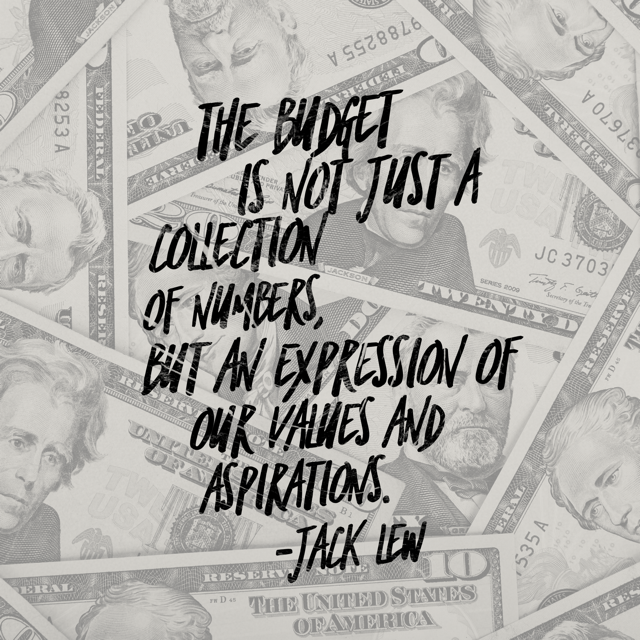Welcome to planning and budgeting season for 2020! In hopes of making this process more streamlined and less painful, we’re explaining one way to tackle your marketing budget. You know this is an important, necessary process but one that is often put off or avoided . Let’s face it…it’s not the most fun part of our job. And if we’re being totally honest, I bet half of us got into this industry because “we’re not good at math.” However, budgeting is actually entrenched, in some aspect, in almost everything we do in marketing.
So, no more avoiding it; we’re diving in and focusing on the actual budgeting process. Before you pass go, you need to have a clear understanding of your goals, purpose, and KPIs. Be clear on what needs to happen in 2020 for your efforts to be considered successful and worthwhile. Once you’re confident you can move forward, here are the steps we recommend:
- Take an Inventory of Internal Resources & Existing Assets
First and foremost, understand what’s available and already exists. Is your HR person also a web site wizard? Is your project manager an excellent communicator and content editor? Are there case studies, brochures, sales sheets, or proposals that have visuals and content that can be re-purposed for other marketing and communications efforts? Understanding what exists and what is available can save money and ultimately increase the budget you have to work with.
- Identify Your Overall Budget
You may or may not have influence your overall budget number. Either way, start and work with it. Your overall budget defines the parameters of your efforts. If you discover you just can’t accomplish your goals within your budget, by following this process, you may be able to make a case for increasing this budget or identify where there’s a hole and some creating thinking needs to take place.
- Layout Your Funnels & Processes
Next, consider how your clients or customers make their way to you and purchase your products or services. Are your existing sales funnels the most effective and efficient process to get your prospects from awareness to conversion? Lay these out so you can visualize the strategies, tools and resources you’ll employ. Consider tried and true strategies and methods but ensure you leave room to try new ideas that could turn into major successes and big returns.
- Categorize Your Needs
Once these funnels are created, pool all the tools and resources into categories. For example, design materials, social media, web site, content, and so on. Identify and list out every category you’ll need to allocate dollars to execute your sales funnels.
- Pull Categories & Details into Line Itemed Budget & Determine Amount for each Category
Next, pull these categories into your budget and, under each, list each need, tool or resource that could potentially cost money. Don’t forget to utilize your inventory list and leverage resources and tools that are available at no cost to you. Then start working your way through each item, confirming all costs associated with it. Check out our free Budgeting Generator to work through this process.
- Add Up Your Categories & Evaluate
Once you’ve captured everything in your budget, add up the items under each category and see where you land. Evaluate where you need to add, delete or make changes. Remember, include the items that will get you the greatest return on investment first; this will help you prioritize when you trim your budget.
- Consider Opportunities
Before you wrap up your budget, be sure you consider partnerships, vendor discounts, and any opportunities that can make your budget, effort and reach bigger than it actually is. For example, is there a designer you could trade products or services with or is there another business trying to reach the exact same audience as you are? If so, look into and work through these opportunities.
Starting with specific needs and working backwards offers more clarity and an improved approach to budgeting. Give this a shot and objectively evaluate if it streamlines your efforts and makes the marketing budgeting process seem less daunting.
Check Out Our Marketing Planning Resources and These Posts Too:
What a Good Brainstorming Sesh Produces for your Marketing Plan
Understand How Your Customer’s Buying Journey Fits into the Marketing Funnel to Increase ROI
Get the Job Done: Key Players in your Marketing Plan
Why it is Essential to Have a Creative Budget in Your Marketing Plan

